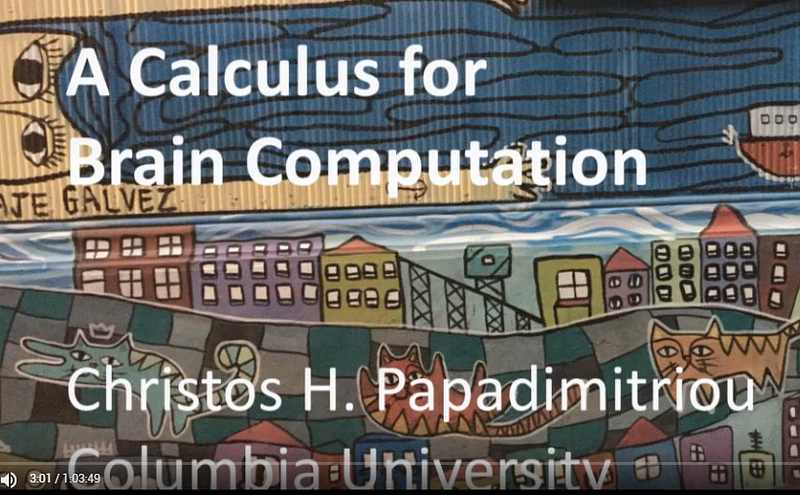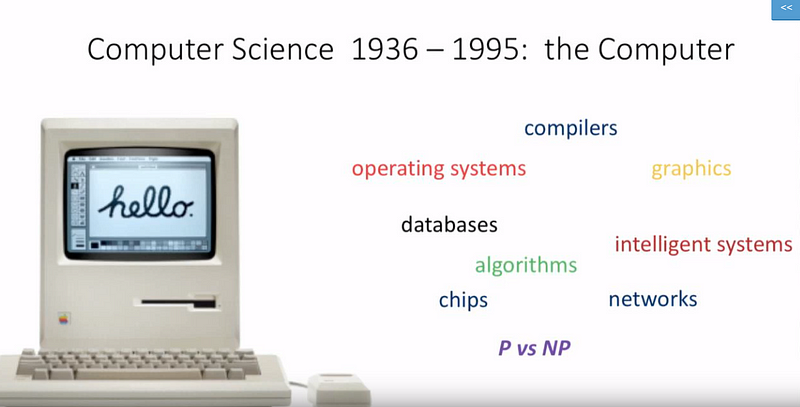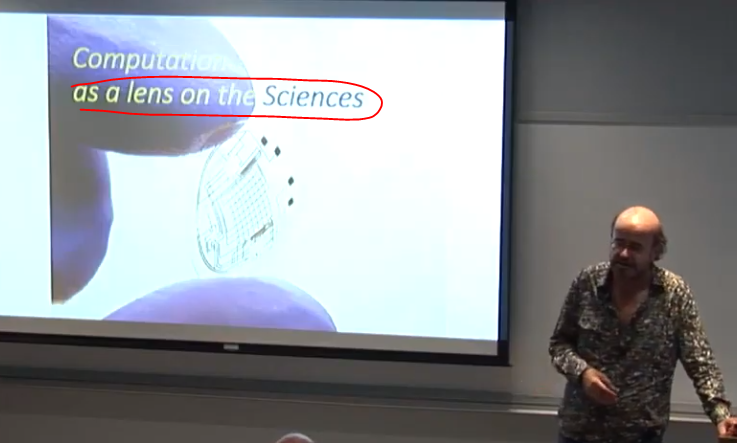Exploring Brain Computation: Insights into Neural Processing
Written on
Chapter 1: The Intersection of Brain and Computation
Understanding the complex relationship between brain function and computational theory is crucial. The human brain is an incredibly powerful processing unit, making it a prime subject for studying computation and calculations. This curiosity has surged, particularly with the rise of the internet, which mirrors the interconnectedness of neurons.
As we delve into the realms of computer science and brain functionality, unexpected advancements often arise when researchers confront challenging problems. For instance, Game Theory, which laid the groundwork for modern economics, is fundamentally rooted in computing concepts like the Nash equilibrium.
Section 1.1: Evolution and Algorithms
Our evolutionary journey has indeed paralleled the strategies we see in algorithm development. A notable example is the AdaBoost algorithm, which plays a significant role in understanding how we as a species have adapted and evolved over time.
Subsection 1.1.1: The Quest for Logic
Five years ago, researchers began to tackle a fundamental question: how does the mind emerge from the brain? This inquiry was inspired by the extensive text, "Principles of Neuroscience," which serves as a foundational reference in the field. The primary challenge remains finding the underlying logic that governs these processes.

Section 1.2: The Mechanics of Memory
Exploring how simpler organisms, such as fruit flies, process and remember smells reveals the fundamental algorithms at play. These creatures exhibit random projections into higher dimensions, where only a select number of neurons survive, providing insight into overcomplete representation and the dynamics of memory formation.

Chapter 2: Neural Connectivity and Its Implications
Recent studies on neuron connectivity have shed light on the concept of random projection and its ability to preserve similarities. These findings indicate that simpler algorithms can outperform more complex ones developed at prestigious institutions, emphasizing efficiency and effectiveness.

The sheer number of neurons in the human brain far exceeds those found in simpler organisms, leading to complex memory creation processes. Following an initial stimulus, a limited number of neurons activate, forming recurrent connections that amplify their impact.

As multiple neurons engage, they strive to reach a stable state, showcasing the importance of connections over individual neuron capacity. This intricate web of connections is vital for modeling brain functionality, a task that many researchers are undertaking.

The recurrent connection methods presented demonstrate convergence, although some theories discussed have roots in pre-existing work. We still grapple with identifying the optimal level of computation that captures the brain's complexity.

It is suggested that there exists an intermediate computational level where various processes converge, incorporating elements of both projection and assembly. This ongoing research continues to unveil the intricate relationship between brain function and computational theory.